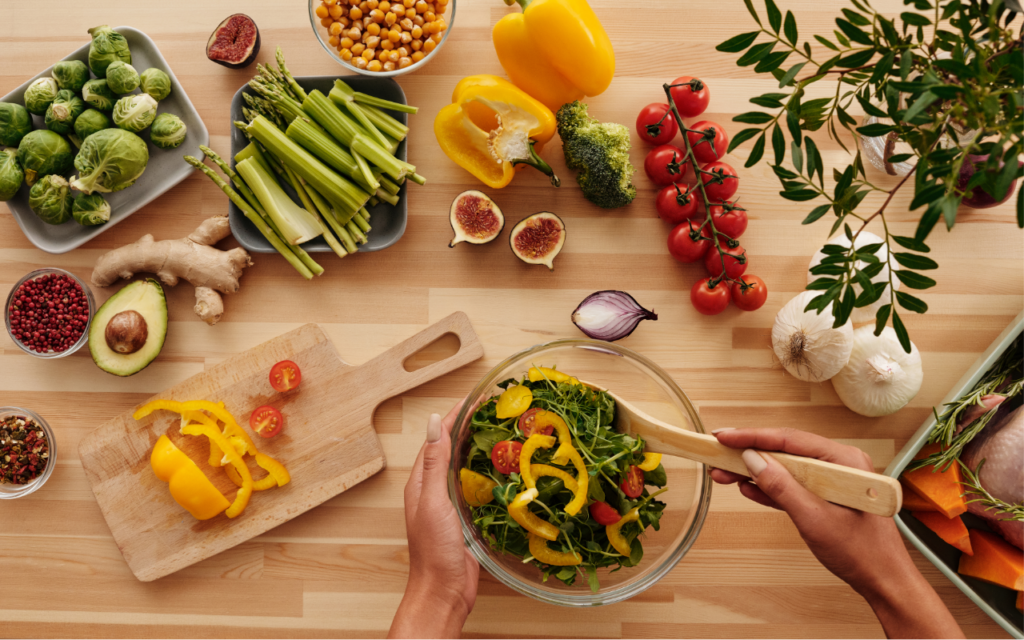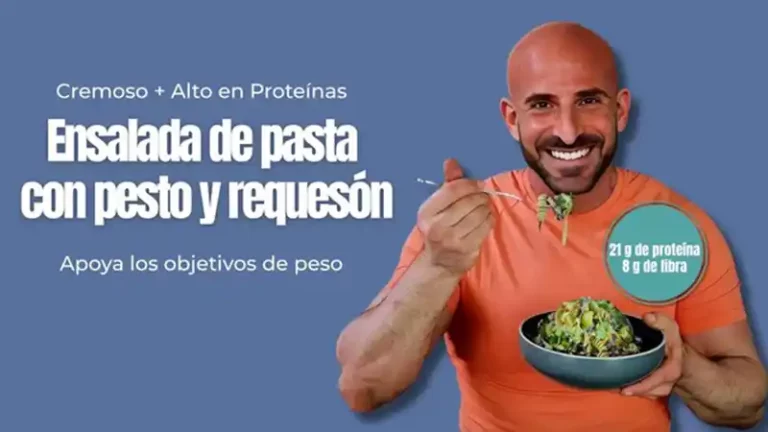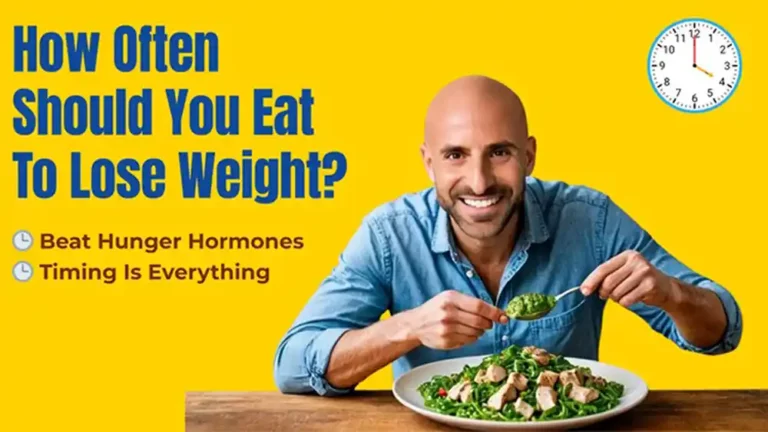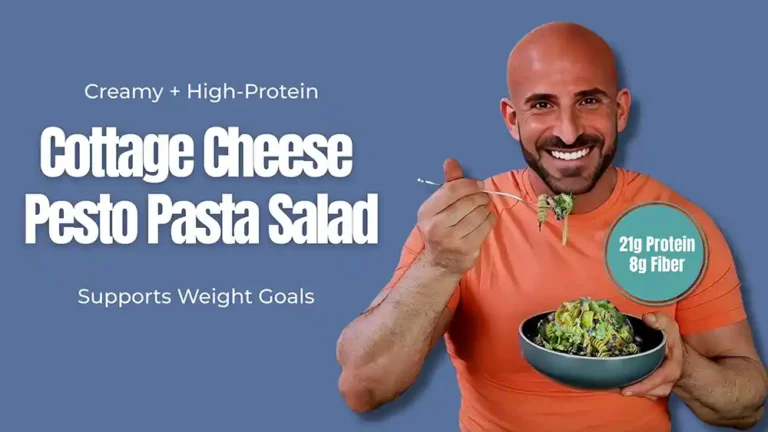
I remember a few months back I was making fried rice for my partner, who was trying to lose weight. To cut down on the calories of the dish, I used only half rice and half cauliflower rice. When he came home from work and groaned at the fact that I made fried rice because it “wasn’t healthy and I know he was trying to lose weight” I proudly informed him of my culinary creativity. Upon finding out that my version of fried rice was significantly lower in calories, he remarked “oh good. So it’s healthy now!” Here’s the thing: the fried rice would have been healthy whether I used cauliflower rice or not. Why? Let’s find out by discussing low-calorie foods.
Lower Calorie Processed Foods
The problem with the word “healthy” is that is if too-often misused to mean a food that’s more desirable in the context of health. So, basically, what the media and magazines say is healthy are things like kale and avocado and what they say is unhealthy are pizza and cookies. Simple right? Well, not really, and this is especially true when it comes to processed foods. It’s not difficult to go to the grocery store and find snacks like Oreos and ice cream with labels that exclaim “now lower-calorie!” However, typically, foods that are processed and not whole foods are not made lower-calorie without a cost. Something else has to be added in so those Oreos don’t taste like they’re lower calorie which usually means adding extra fats (usually not the good kind), added sugar or just more processed ingredients that aren’t necessarily nutritious. In fact, many times, foods like regular ice cream that use real milk have fewer additives than their low-calorie counterparts and are probably just as nutritious in moderation, if not more so. So, this is one clear case of low-calorie foods not translating to a healthier diet.
Lower Calorie Alternatives
That’s processed food. Now I want to talk about lower-calorie alternatives to our favorite foods like pasta, dairy and even alcohol. One big trend that has come up is things like zoodles (zucchini shaved to look like spaghetti noodles) instead of wheat noodles and other vegetable-based pasta substitutes. Don’t get me wrong, I don’t have anything against getting some servings of vegetables in with your pasta dish. However, just because zoodles are about 40 calories per serving while spaghetti noodles are about 200, doesn’t mean that swapping them will make you healthier if you’re already eating enough fruits and vegetables per day. Besides, pasta, despite being higher in calories, contain important B vitamins and the carbohydrates for energy that zoodles cannot give you. In that same vein, I cannot tell you how many people have sworn by switching their cow’s milk out for plant alternatives like almond or oat milk. Again, while these alternatives are certainly lower in calories than traditional dairy, they do not have the same nutrients as the foods they are made from and most of the nutrients they do have are added artificially. Finally, high-quality protein is known to help support both weight loss as well as health and these dairy alternatives don’t contain protein naturally, but milk does.
Finally, let’s talk about alcohol. Very recently, hard seltzers have been making a frequent appearance among the health-conscious crowd. I mean, one can of most hard seltzers usually only contains about 70-100 calories, they taste fruity and fabulous and sure beat the calorie price tag of a normal beer or cocktail that could contain anywhere from 200-500 calories per drink. You should know, though, alcohol is alcohol and it is definitely not supportive of your health in excess. If you’re going for weight loss and still want to have a drink or two, a hard seltzer would be a wonderful choice. However, if you think you’ll be healthier for it just because you decided to skip the beer, you’d be sadly mistaken.
The bottom line? Please know that calories simply measure how much energy food has, not how healthy it is. A slice of avocado toast made with whole-grain bread and a nice fried egg could clock in at around 500 calories for your breakfast. Sound like too many calories? Well, instead you could have a plate full of 6 slices of bacon which is only around 250 calories. You see, even though you cut your calories in half, consuming a meal loaded with sodium and saturated fat isn’t even close to “healthy” when compared to your avocado toast which has high-quality protein, heart-healthy good fats and nutritious whole grains. Therefore, if you’re seeking foods that are healthy for you, focus more on the nutrients they have (and the bad stuff they don’t have) than the calorie count.





